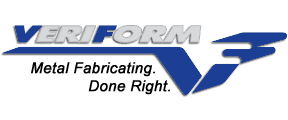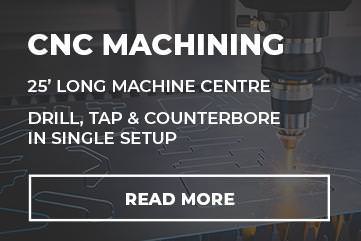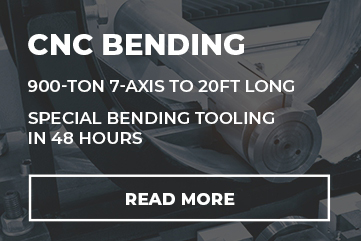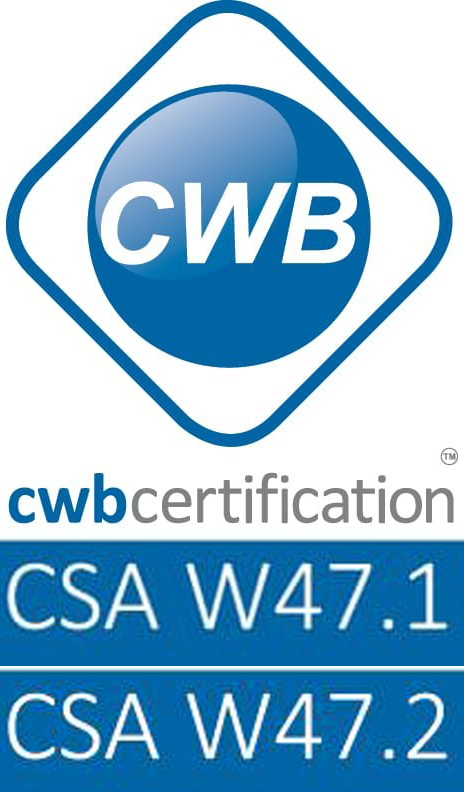News
Types Of Welding Offered At VeriForm
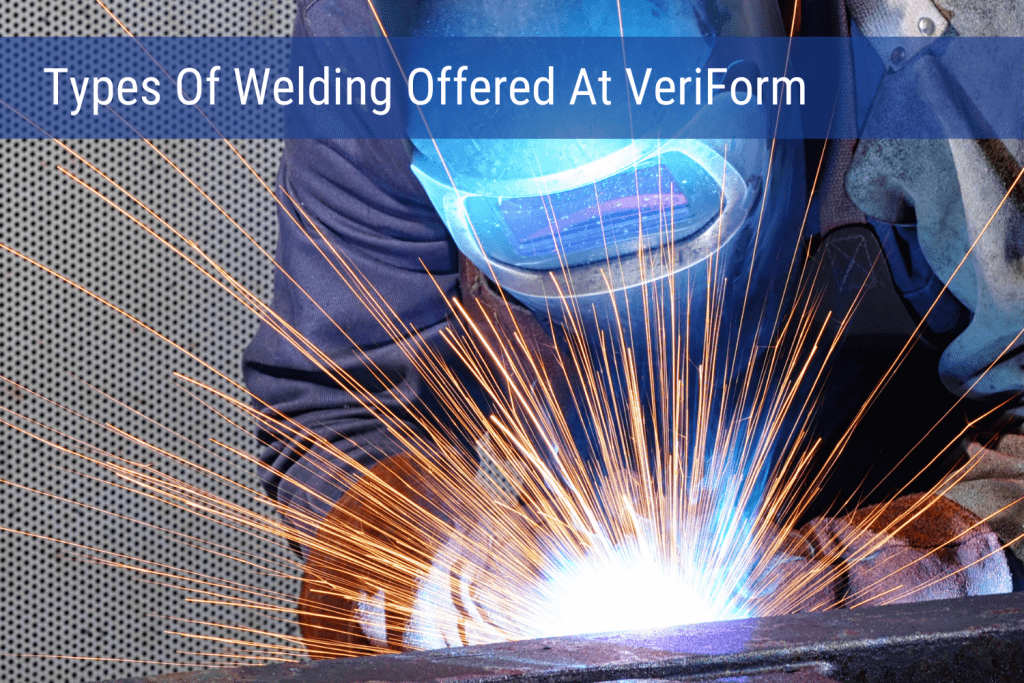
You probably have boarded a car, train, or aircraft today, or you might have used a chair, desk, or any other item made of metal. Have you ever wondered how these metallic equipment are produced from different pieces of metal to give the desired structure? It’s all thanks to welding!
Welding is the act of joining pieces of metal using heat, pressure, or a combination of the two. Unlike brazing and soldering, in welding, the pieces of the metal bases are melted and allowed to cool down, therefore getting fused in some instances with a filler’s help.
Ranging from the satellites that are hung beside celestial bodies down to the tiny metal pieces in our mobile phones, the act of welding is deeply interlaced in our lives. Some of the projects that can be done with welding include:
- Making the framework for aircrafts
- Building of vehicles
- Crafting of industrial machinery
- Construction of metallic parts of robots and other devices
- Creation of scaffoldings
- Crafting of tools and furnaces, etc.
Types of Welding
The technology of welding and fabrication has been expanding with the progress in metallurgy, mechanics, and robotic engineering. The need for firm and spatter-free welding increases with the need for perfection hence the evolution of different welding specialties, each with its specification, requirements, and an unmatched advantage over the others.
However, due to the dangerous nature of welding, only professionals must handle any welding operation. This is where VeriForm comes in; we offer welding experts to meet your needs and welding engineers to ensure all specifications are met. Lastly, our in-house certified welding inspector will be present throughout any welding operation to ensure only quality work is produced.
The choice of suitable welding depends on the project’s specifications, type of metals involved, the metal’s size, and aesthetics preferences. Therefore, the available types include the following.
Shielded Metal Arc Welding
This is of the most popular welding processes today, essentially due to its simplicity and low cost. It requires the use of flux-coated consumable electrodes. The electrode is struck at the supposed joint to create the electric arc between the electrode and the metal pieces to be joined. The arc generates a temperature high enough to melt the metal edges and the electrode; in the process, the flux disintegrates to give vapour that shields the weld zone from atmospheric gases; this allows the weld pool to cool firmly with no oxygen interference.
This flux disintegration is what gives shielded metal arc welding the possibility to be performed outdoors. Therefore, it is suitable for big projects of thick iron, steel, stainless steel, and occasionally aluminum.
This type of welding is also referred to as stick welding, or flux shielded welding.
Gas Tungsten Arc Welding
Gas Tungsten Arc Welding (GTAW) or Tungsten Inert Gas (TIG) Welding is the type of welding that requires a non-depleting tungsten electrode to create the arc in the workspace. When the pointed electrode is scratched on the supposed joint, the arc creates a temperature that melts the weld metal at the weld zone, creating a weld pool. This weld pool is shielded from atmospheric gases by an inert gas like argon, a mixture of argon and hydrogen, or helium.
This type of welding is preferred in welding thin sheets of stainless steel, magnesium, aluminum, and copper alloys. TIG welds stand the test of time and wear; they can also be done with various metal types and fillers.
This type of welding is mainly used in nuclear power plants, aircraft, spaceships, and missiles. The main obstacles with GTAW are the requirement of skilled personnel and non-suitability for thick metal pieces.
Gas Metal Arc Welding
Gas Metal Arc Welding (GMAW) is classified into Metallic Active Gas (MAG) and Metallic Inert Gas (MIT) Welding, both require the use of electrode filling wire in one hand and shielding gas through a torch in the other hand. The electrode creates the arc between the pieces at the joint, while the high temperature creates the pool, the shielding gas pours out through the torch to prevent atmospheric interference. The gas can be inert (in case of MIG) like argon and helium, or active (in case of MAG) like a mixture of carbon dioxide and argon.
Gas metal arc welding is useful in cracks and breaks repairs, reinforcements, rail lines, coatings, and abrasion proofing of aluminum, bronze, stainless steel, etc.
GMAW is not suitable for outdoor welding, and each type of metal requires a corresponding filler.
Pulsed Gas Metal Arc Welding
The high temperature used in welding causes damages and discoloration in the heat-affected zones (HAZ) of the metals, which are aesthetically displeasing. To reduce this effect, the Pulsed Gas Metal Arc Welding (GMAWP) is developed; it is just like gas metal arc welding, but with a low temperature, which reduces the spatter on the weld zone.
As stated, every project has its specifications, and each needs a different treatment to reach fruition. Therefore each project requires the expertise of veteran welders, which you can find at VeriForm for your welding, rolling, iron bending, and other metal fabrication projects.
